UN Sustainable Development Goals
Learn more about our commitment to nurturing a culture of sustainability and achieving the United Nations Sustainable Development Goals (SDGs).
This activity relates to the following SDGs:


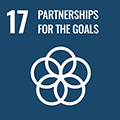
Queen’s University Belfast, through the Community Archaeology Programme Northern Ireland (CAPNI), recently joined forces with local schools and community volunteers to uncover hidden history in Woodvale Park. Over the course of the excavation, pupils from Blackmountain PS, Forth River PS, Glenwood PS, Harmony PS, Malvern PS, Springfield PS and Springhill PS took part in hands-on fieldwork alongside archaeologists from Queen’s and members of the local community, helping to reveal the remains of a 19th-century house that once stood within the park.
The excavation gave pupils the unique opportunity to experience life as archaeologists. In the week leading up to the dig, they took part in workshops at the Spectrum Centre where they learned how to recognise artefacts and practice excavation skills. Equipped with this knowledge, the children arrived on site ready to get to work. Using trowels and brushes with great care, they uncovered the original pathway through Woodvale Park alongside the foundations of Woodvale House, once home to Reverend Octavius Glover before the land was purchased by Belfast Corporation in 1888.
Among the artefacts recovered were 19th-century glass bottles, fragments of pottery, a decorative terracotta figurine and a coin dating to 1906. Perhaps most remarkably, the dig also revealed flint from the Neolithic period, evidence that people had been active on the land thousands of years before the house was built. These finds not only shed new light on the history of the park, but also give pupils and local residents a direct connection to the generations who came before them.
One pupil who took part in the excavation said:
“I couldn’t believe it when I found a piece of pottery. I never thought I’d get to do something like this at school, and now I want to be an archaeologist when I grow up!"
The project was designed to be more than just an archaeological excavation. It was an opportunity for schools, families and community members to engage together in uncovering their shared heritage, while giving young people a sense of ownership of their local history.
Heather Montgomery, CAPNI Project Manager, reflected on the value of the initiative:
“This project is about so much more than digging, it’s about sparking curiosity, building skills and strengthening the bond between young people and the places they live. Seeing the excitement on the children’s faces as they unearthed real artefacts was a reminder of how powerful heritage can be in bringing communities together.”
Staff and students at Queen’s also benefited from engaging directly with the young people. Reflecting on the event, Raymond Miller, from the University’s Civic Engagement team, said:
The excavation formed part of the wider Community Archaeology Programme Northern Ireland, delivered by Queen’s University Belfast and supported by the National Lottery Heritage Fund. By working collaboratively with schools and communities, CAPNI aims to inspire a love of heritage, provide meaningful learning opportunities, and ensure that local stories are uncovered and celebrated.
Pictured at the excavation:
L-R: Dr Jackie Redpath, Co-CEO Greater Shankill Partnership; Aileen Cummins, Head of Social Impact and Civic Responsibility; Dr Heather Montgomery, CAPNI Project Manager; Dr Colm Donnelly, Directory of Centre for Community Archaeology; The Rt. Hon. the Lord Mayor, Councillor Tracy Kelly; Bradley Loftus, Belfast City Council; Nicola Verner, Co-CEO Greater Shankill Partnership; Professor Geert Dewulf, Pro-Vice-Chancellor for the Faculty of Engineering and Physical Sciences; Steven Osborne, Principal Springfield Primary School.
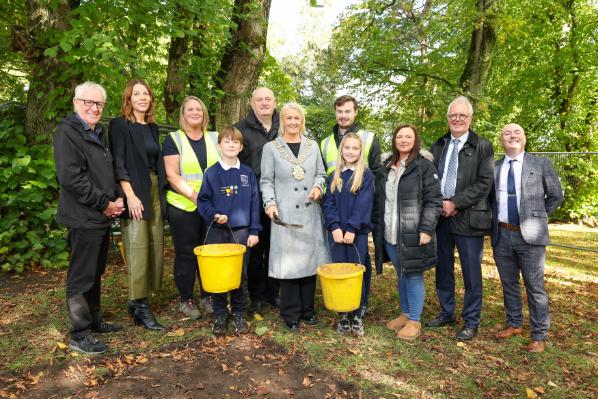
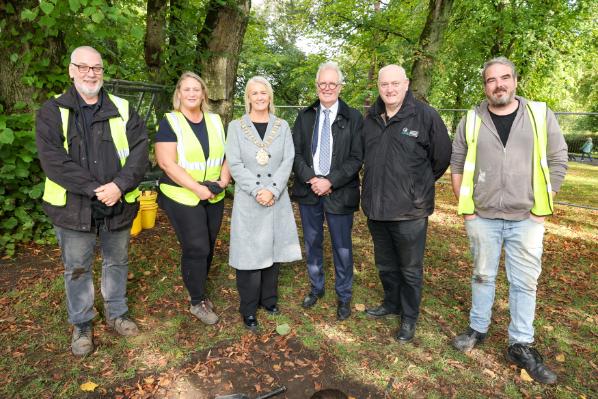
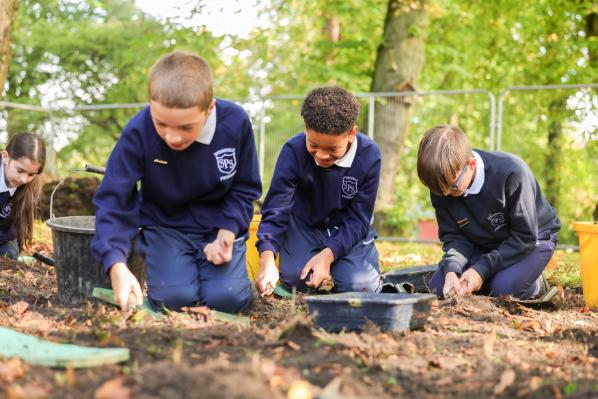
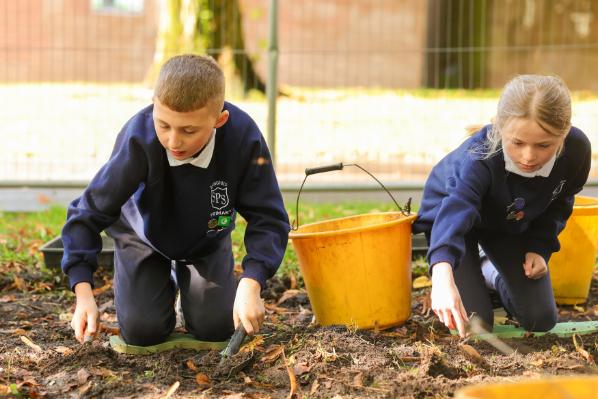
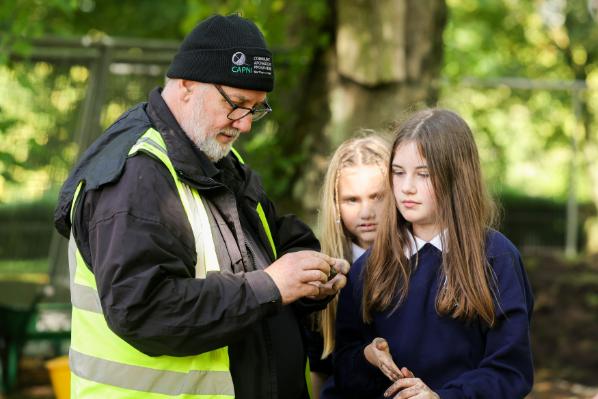
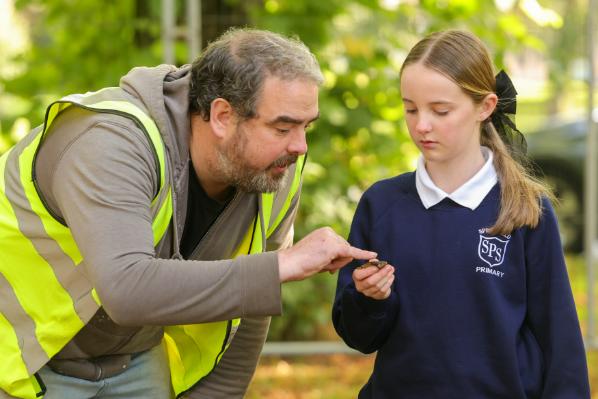
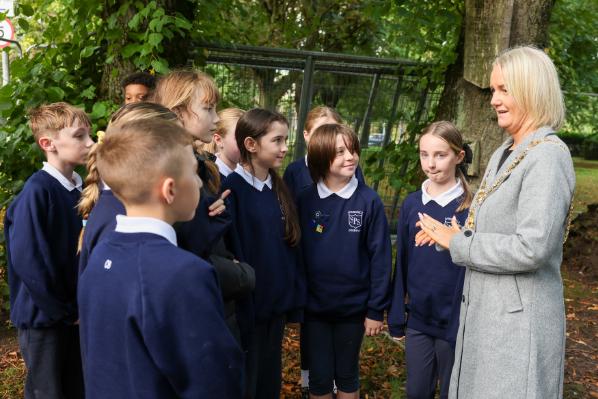
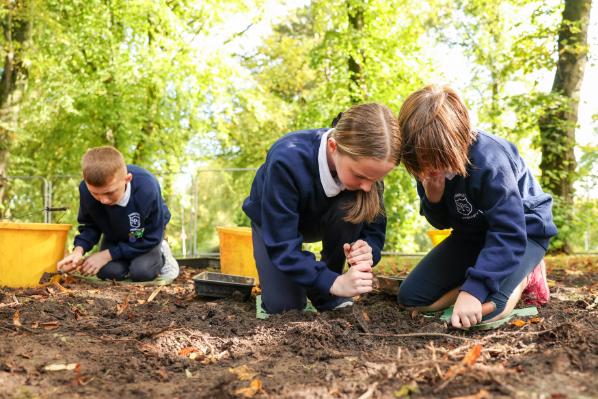
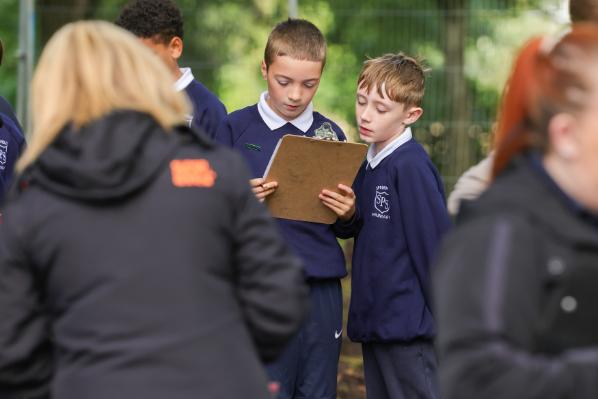
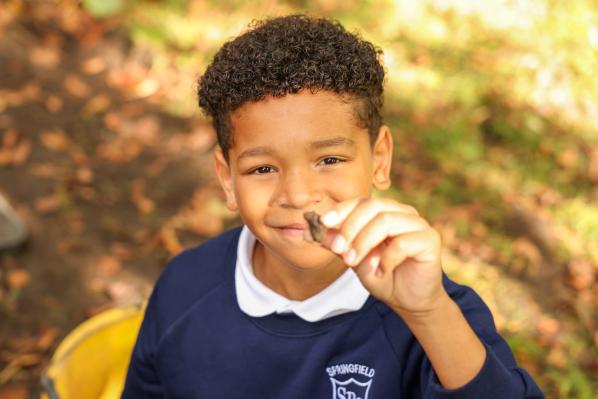
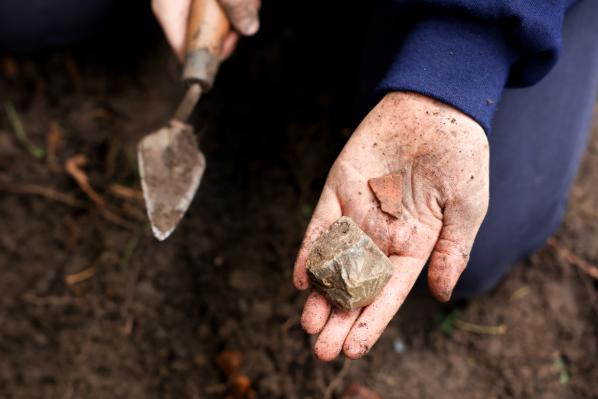
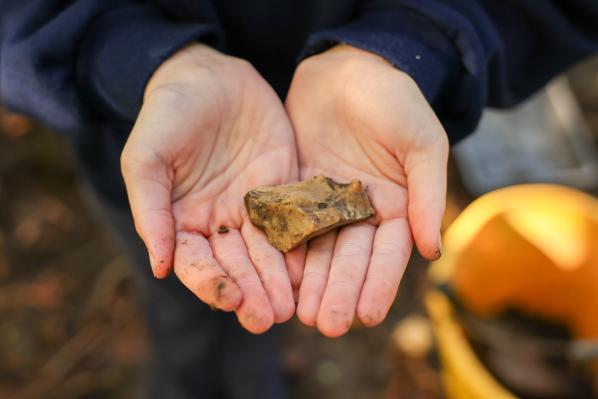
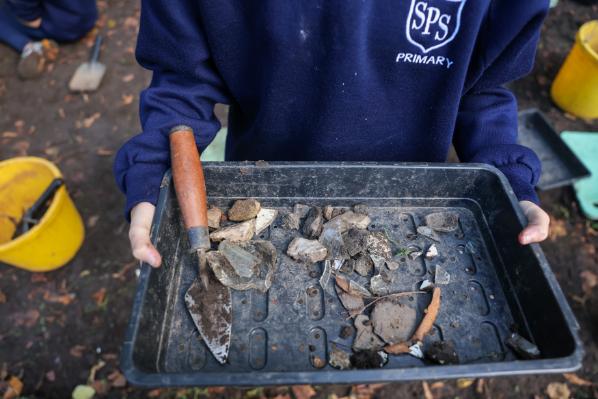
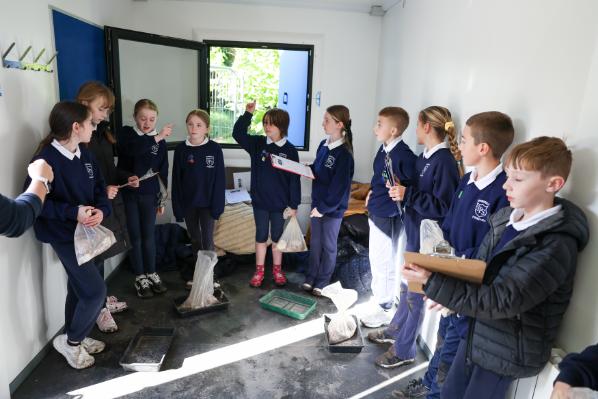
Learn more about our commitment to nurturing a culture of sustainability and achieving the United Nations Sustainable Development Goals (SDGs).
This activity relates to the following SDGs:



- Video footage of the pupils at the excavation
Belfast City Council
- Belfast kids uncover Woodvale Park's 'hidden history' during community dig
Belfast Live
- Kids look to unearth remains of 19th century house with archaeological adventure in Belfast
Belfast Telegraph
- Schoolchildren unearth remains of 19th century house during Queen’s University archaeology dig
Farming Life
- Schoolchildren unearth remains of 19th century house during archaeology dig
Queen's University Belfast